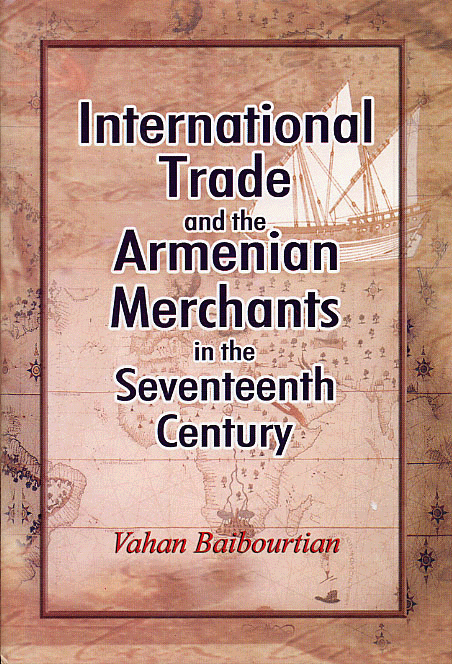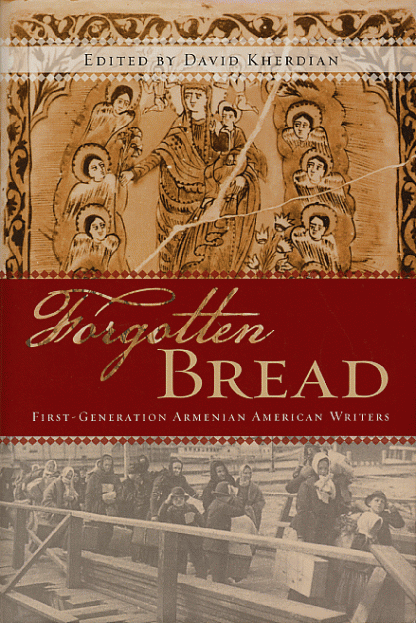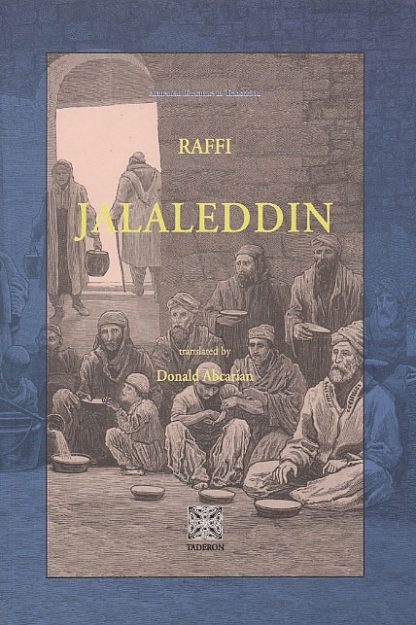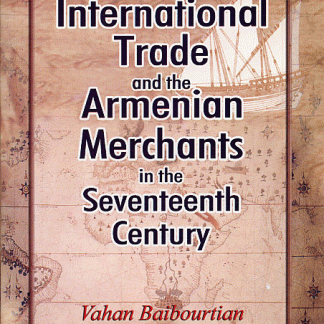Description
This book examines the thriving trade relations of the Armenian merchants with numerous countries since the late Medieval Ages, focusing on the early modern period of that era. The unique geographical location of Armenia between Mediterranean, Black and Caspian Seas, on the crossroads between the East and the West has predetermined, in a great degree, the character of the country's economic activity. Armenia's involvement in the international trade since the antique period of history was primarily stipulated by this factor. Armenia was serving as a transit trade juncture for exporting the goods from the eastern, namely Iran, India, China and Central Asia to the West.The sixteenth-seventeenth centuries were the golden ages of the Armenian commercial capital. In this period Armenian merchants, in fact, did not have any competitors on transit caravan routes. Meanwhile, with their own ships Armenian merchant-khojas were also involved in international maritime trade in the Indian Ocean, Persian Gulf, and Mediterranean Sea. The geographical boundaries of the commercial network of Armenian merchants, encompassing Europe, Asia and Africa are presented in this work.
The author explores the role of the Armenian merchant class in shaping the Armenian national liberation ideology. He comes to firm conclusion that it was in the circle of merchant-khojas, where the Armenian national liberation thoughts were first born and this class has encouraged diplomatic contacts and negotiations with European Christian countries to attain freedom from foreign rule. Iranian-European political and economic relations in the seventeenth century have been thoroughly analyzed. In particular, many noteworthy facts on the fierce commercial competition between European countries in the Middle East are brought out.
---------------
The name of meritorious professor of Iranian and Armenian studies, Dr. Vahan Baibourtian, is well-known in the scholarly circle and among those who deal with the history of the Armenian trade and the role of the Armenians, in particular, the Armenian-Iranian merchants in international trade.
At the beginning of the seventeenth century, the Armenian settlement of New Julfa in Iran, in a short time-frame, turned not merely in the "center of Armenian khoja capital," as mentioned by the renowned historian Leo (Arakel Babakhanian), but also into important cultural center, which played a significant role in the history of both Safavid Iran and Armenia.
The scholarly input of Dr. Vahan Baibourtian is weighty in the study of the history of the Armenian settlement of New Julfa, as well as in the economic, diplomatic, political relations of Iran with the European countries. His valuable work, International Trade and the Armenian Merchants in the Seventeenth Century integrates everything that was done in this area till today. His book has encyclopedic value in which one can find vast and diverse data on the Armenian merchants involved in international trade.
This new edition includes a deeply insightful foreword written in August 2004 by the outstanding intellectual, then Chair of Modern Armenian History at UCLA, beloved Professor Richard Hovannisian, honoring the scholarly importance of this work and its author.
Professor Hovannisian wrote: “Very significant book International Trade and the Armenian Merchants in the Seventeenth Century was released by Professor Vahan Baibourtian who has spent many years engaged in fundamental research, trying to understand the sources of steady Armenian financial and commercial success in the face of extreme adversity. There were many foreign merchants engaged in trade in the ancient Armenia, but in late Middle Ages and early Modern Period the Armenians eclipsed all others in transit overland trade to become the middle men from England to Mongolia and from Scandinavia to Ethiopia, places to which they personally journeyed, first over the caravan routes and later over the sea lanes, setting up bases wherever they went.”





